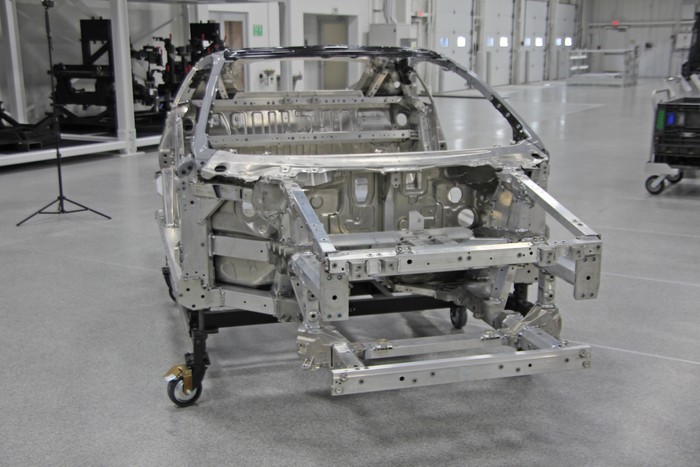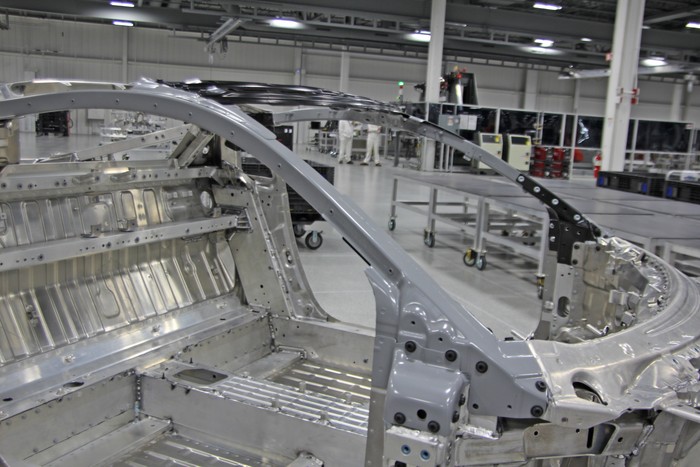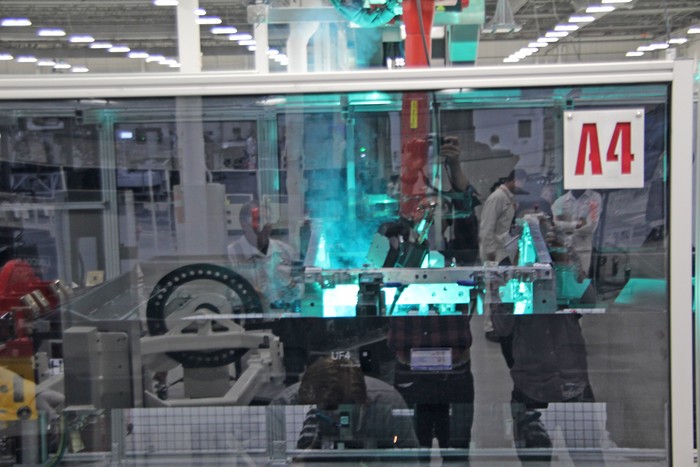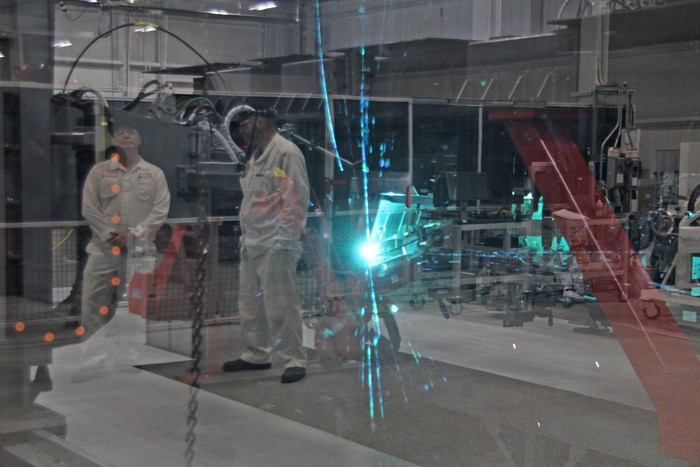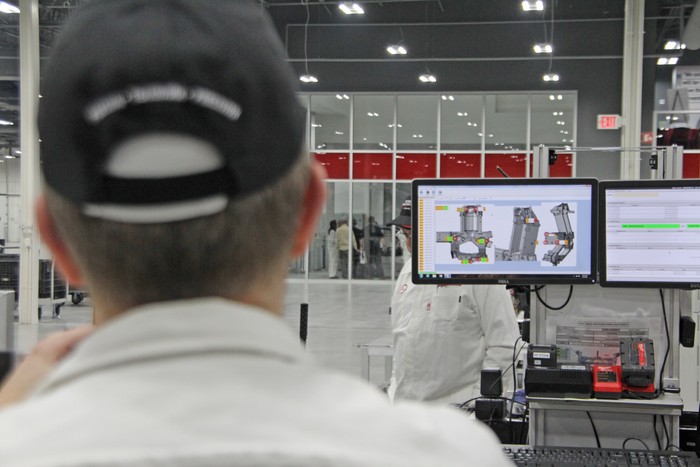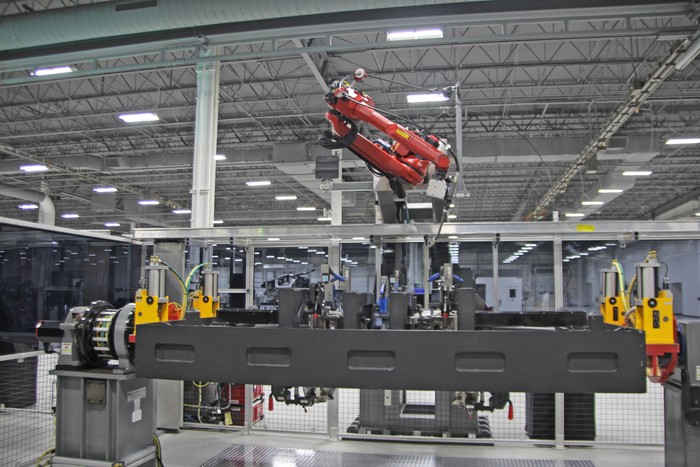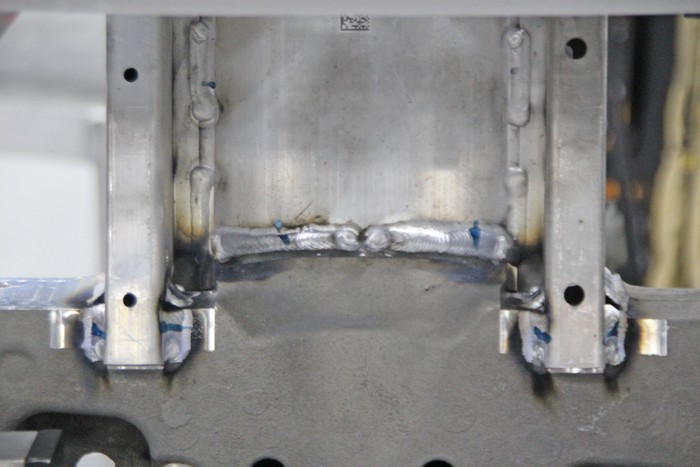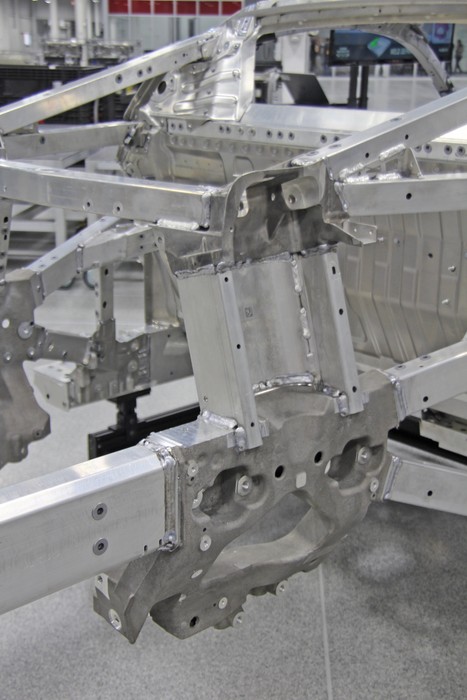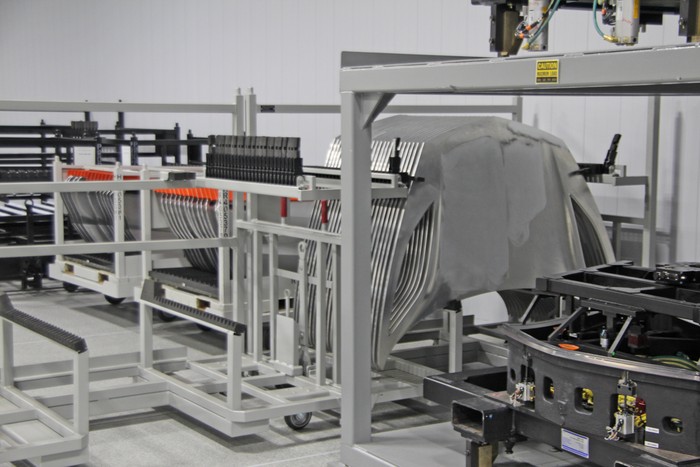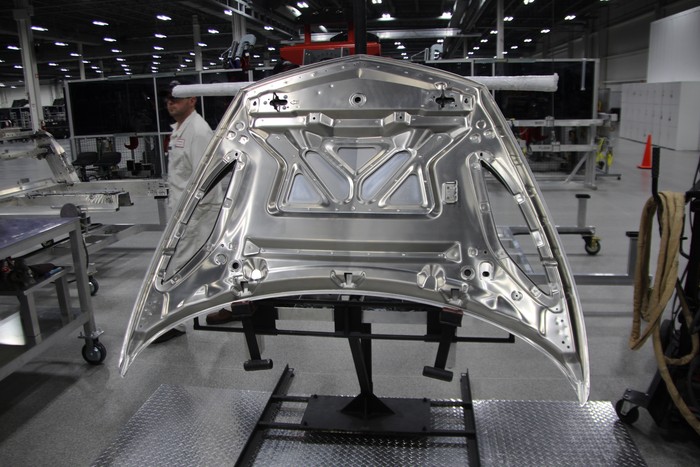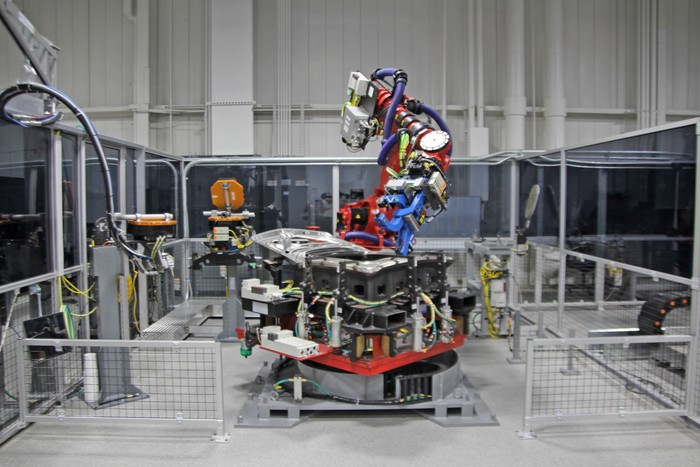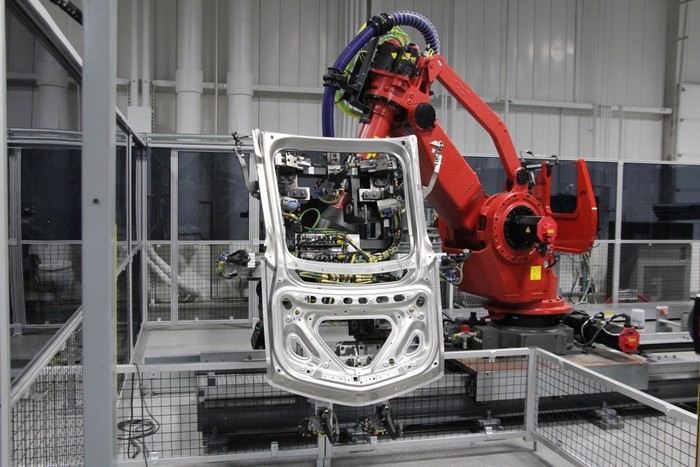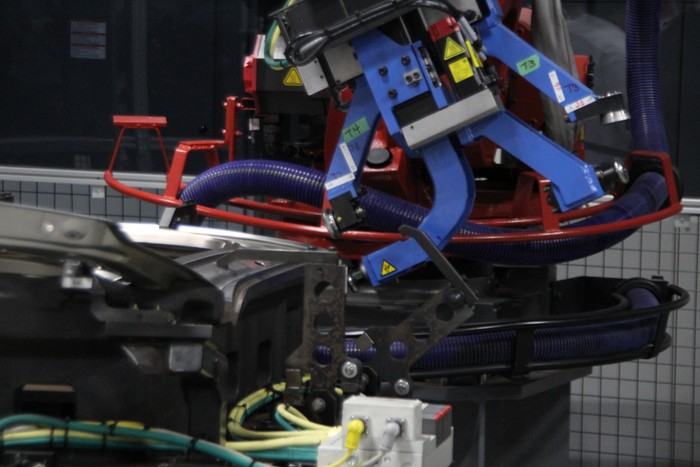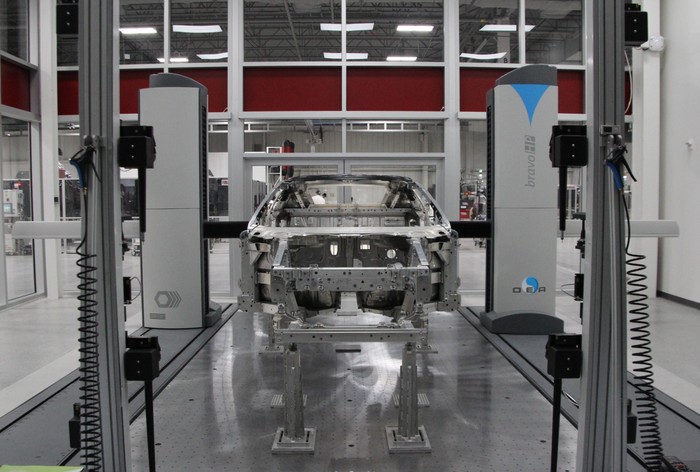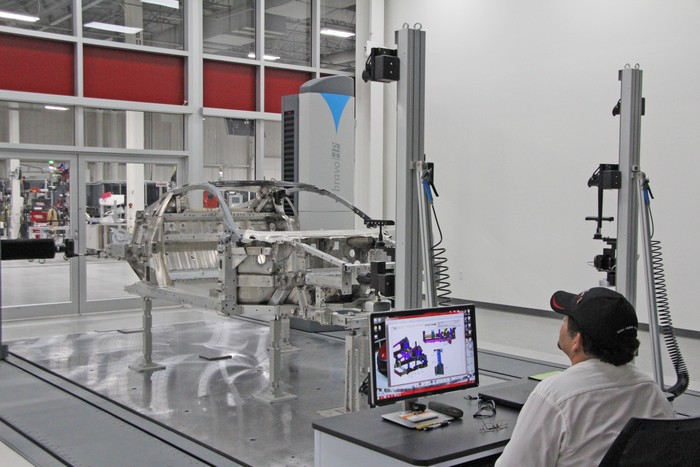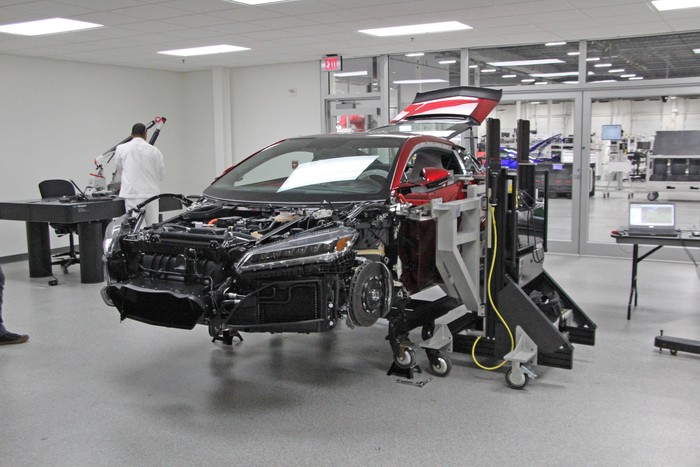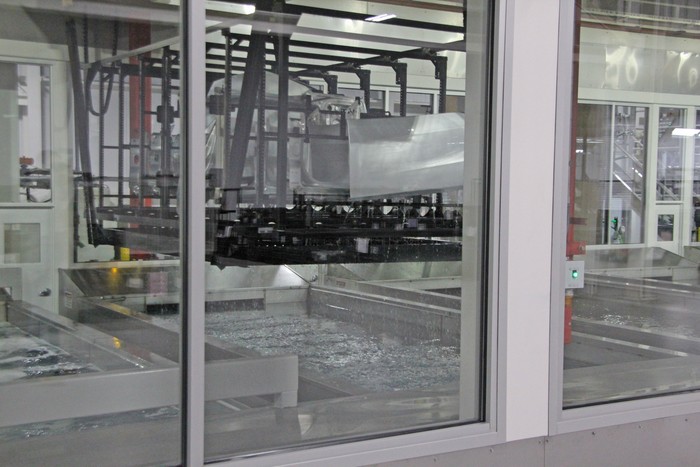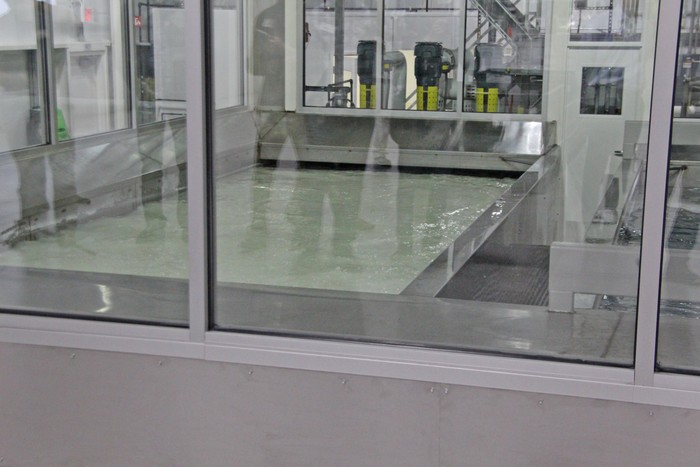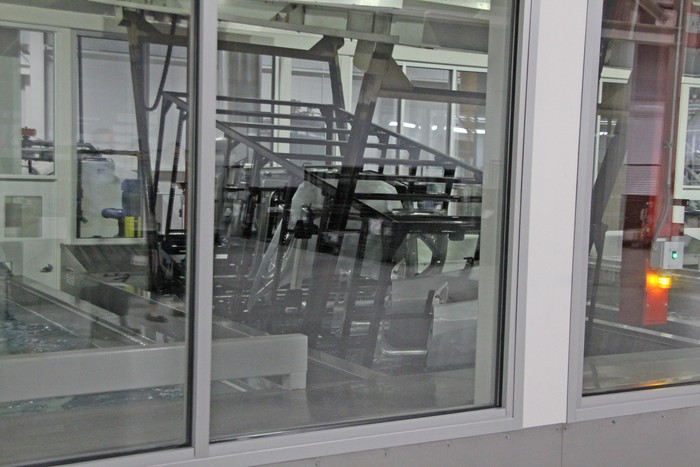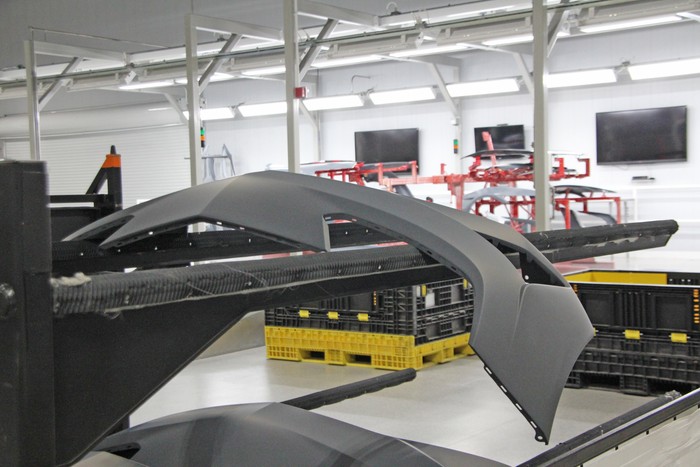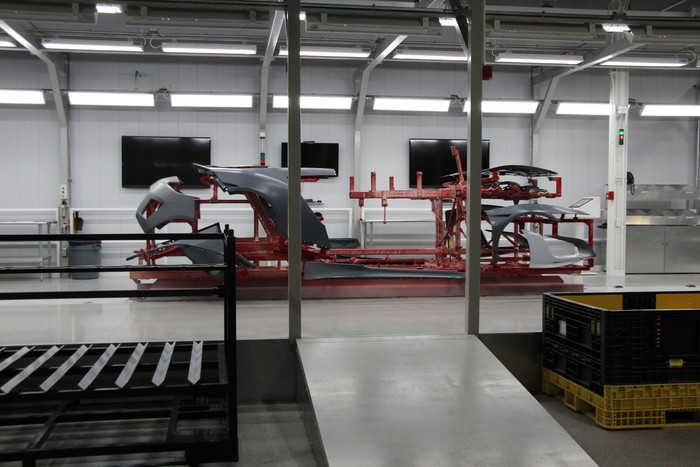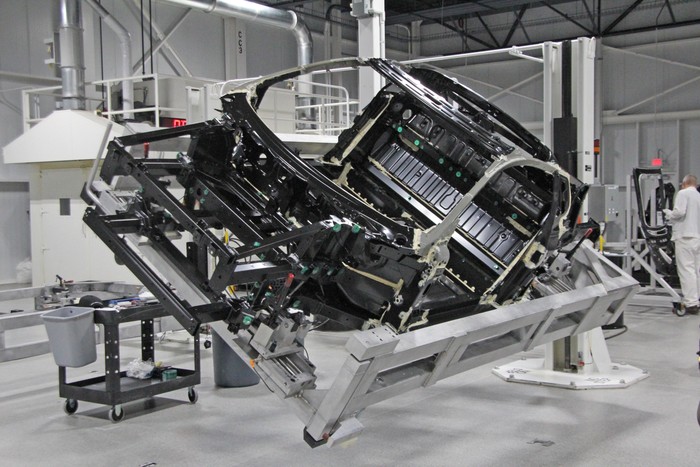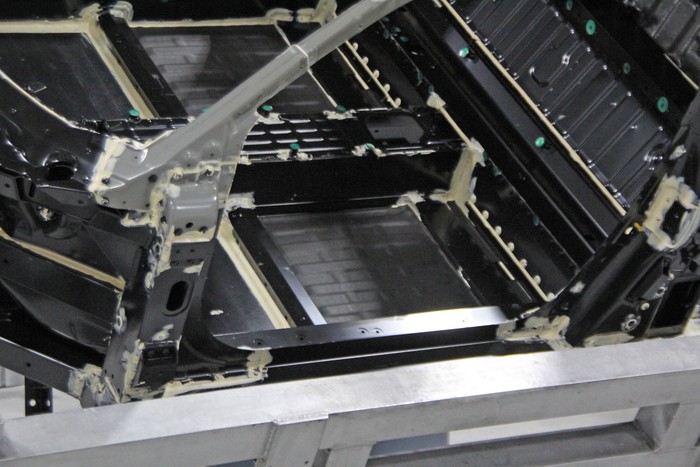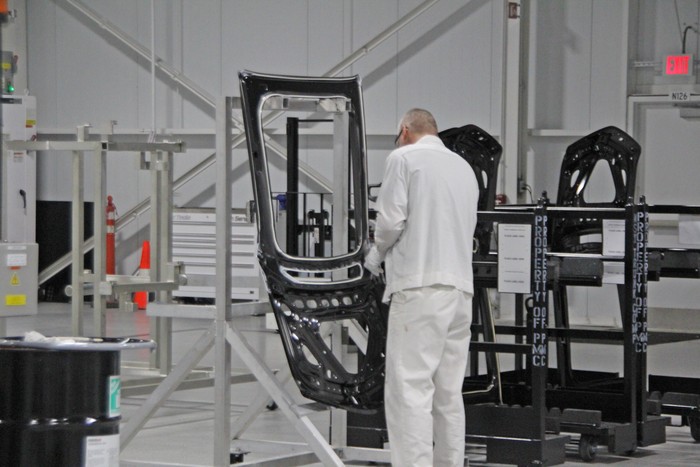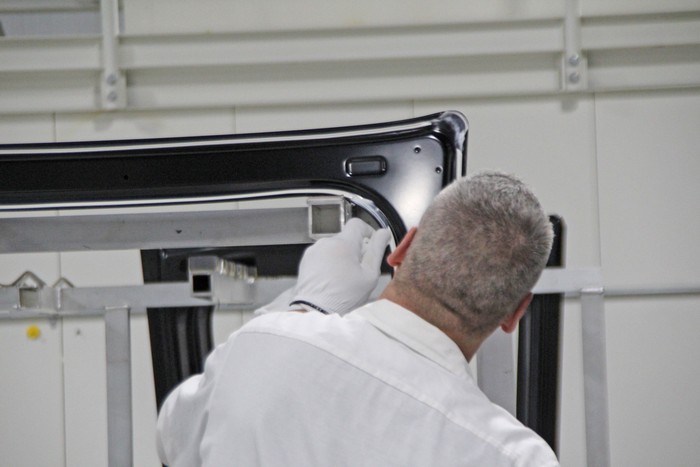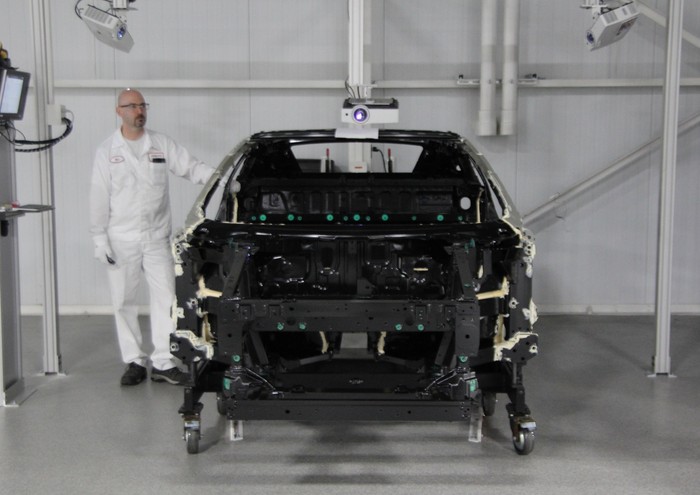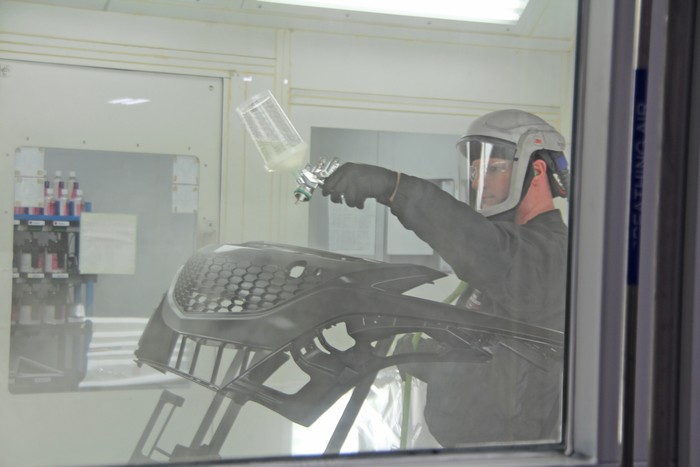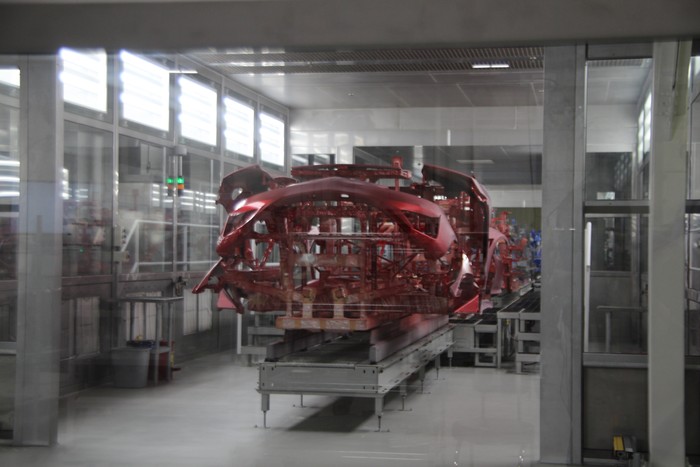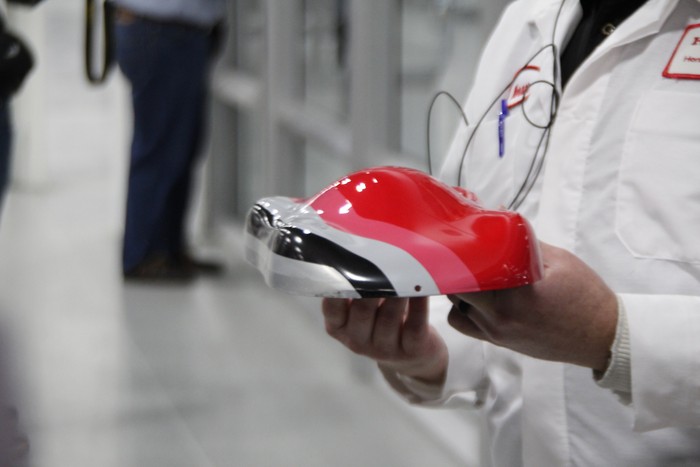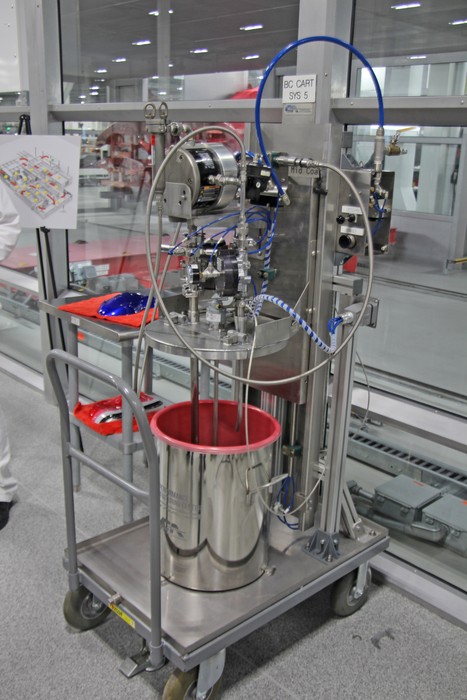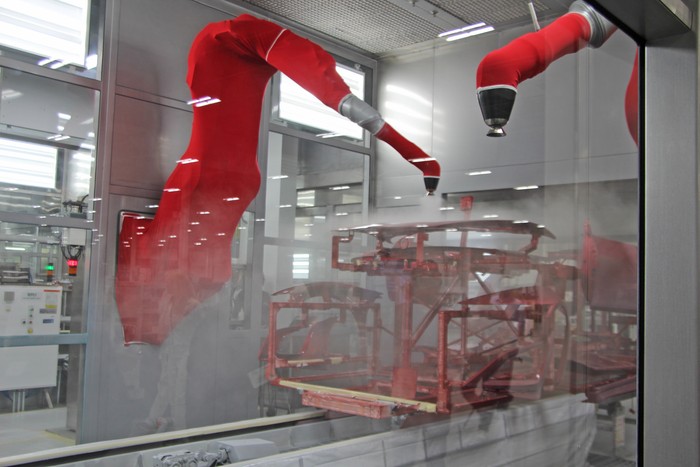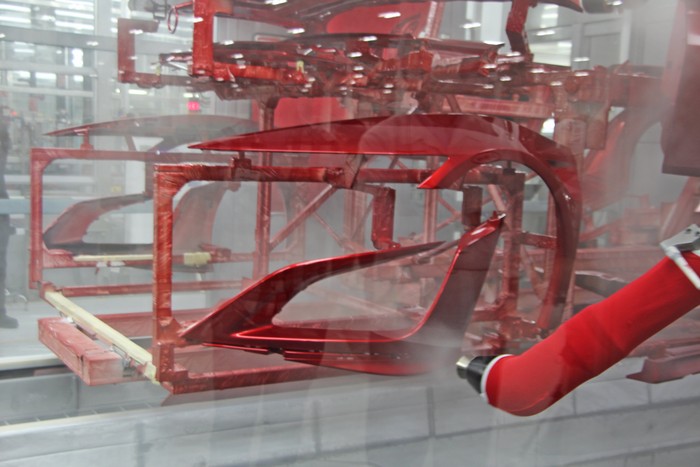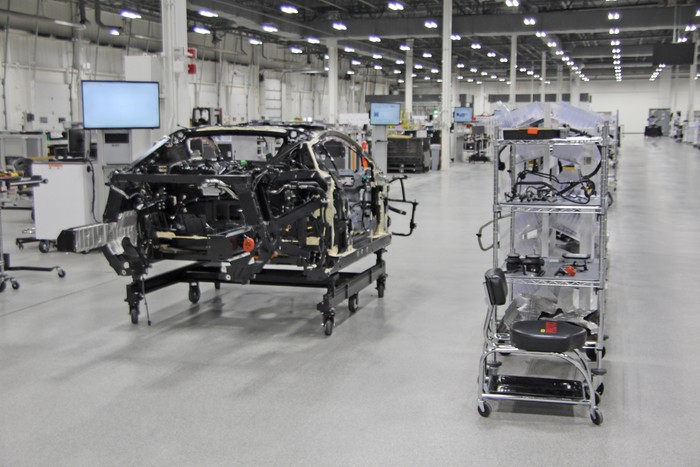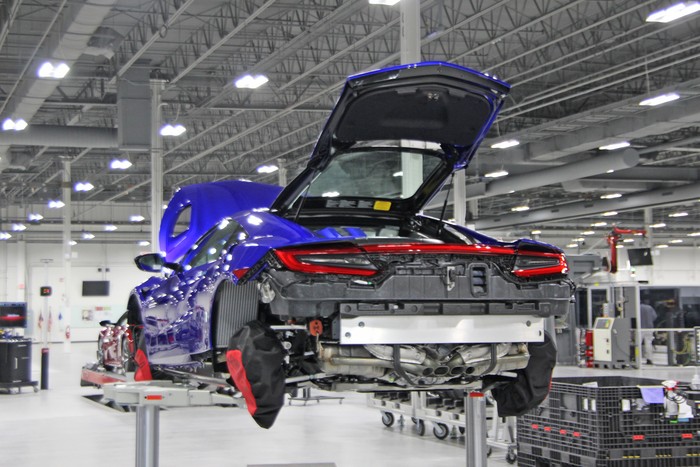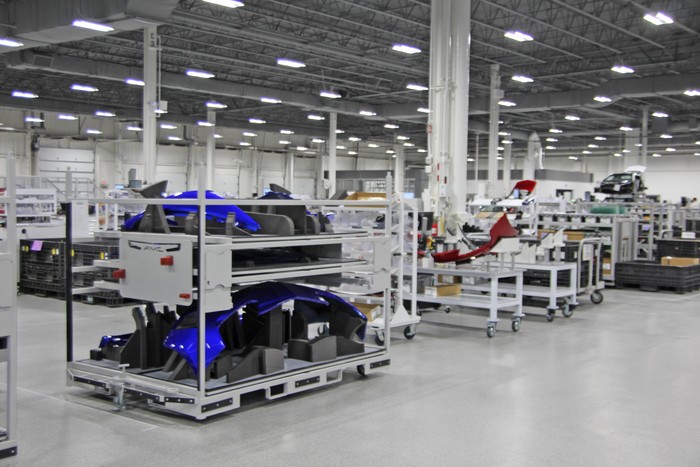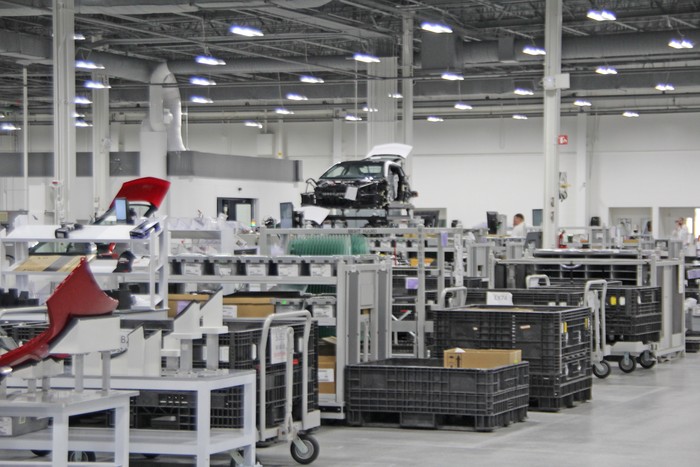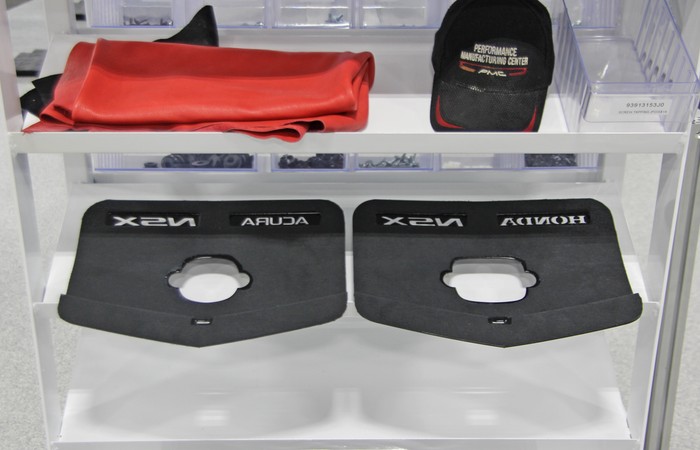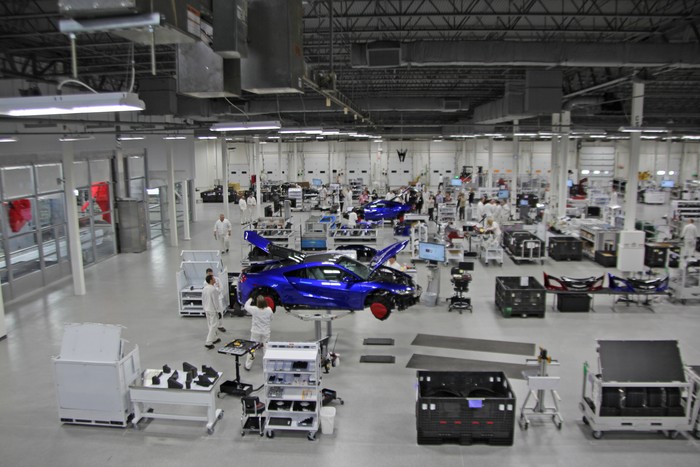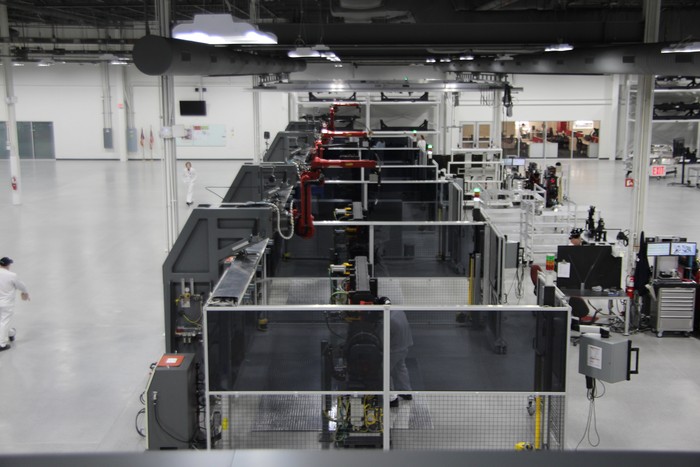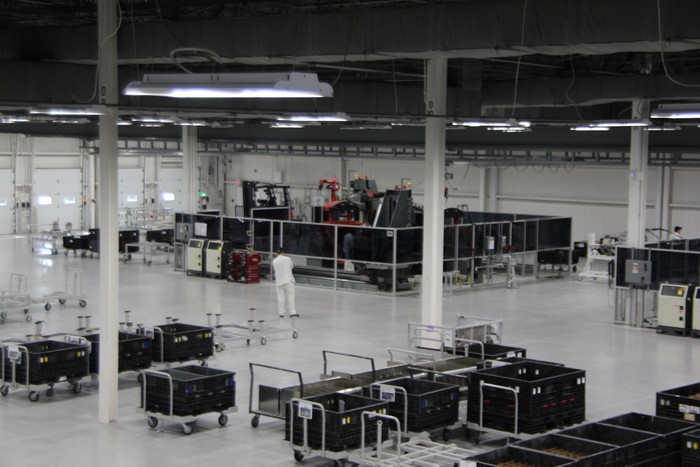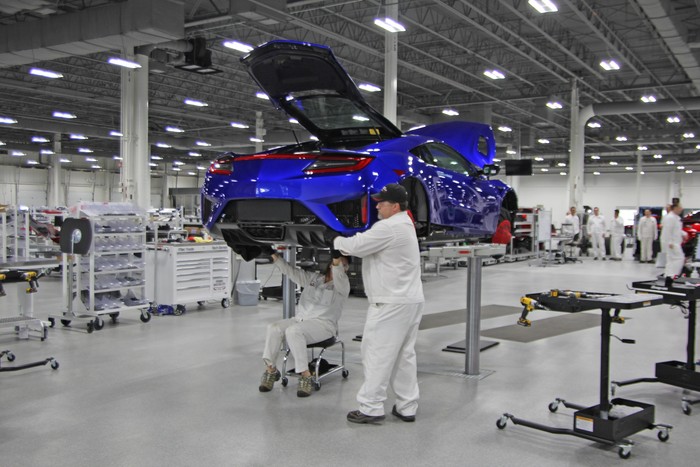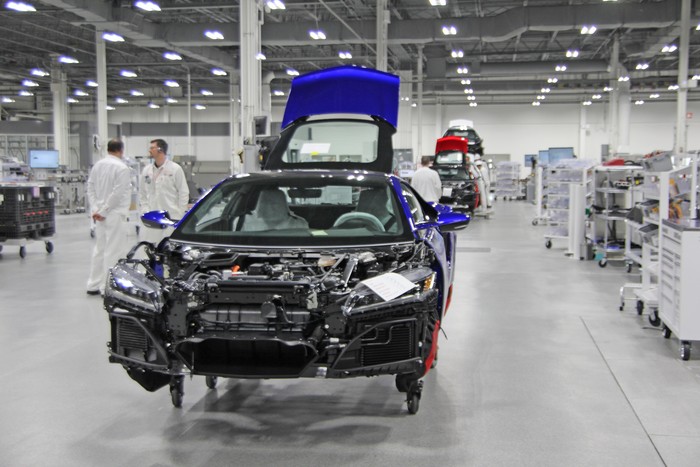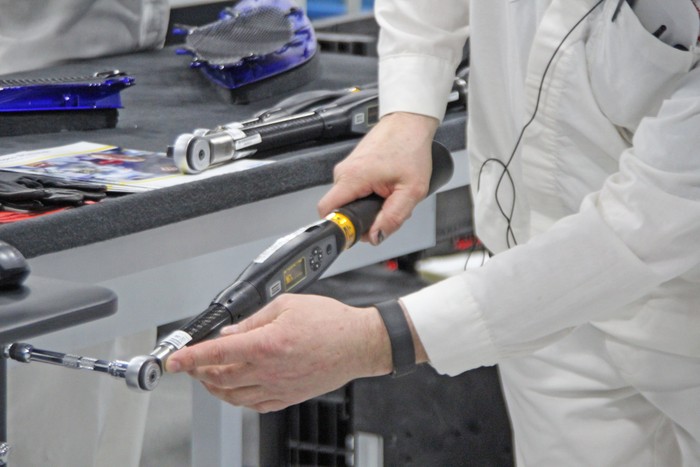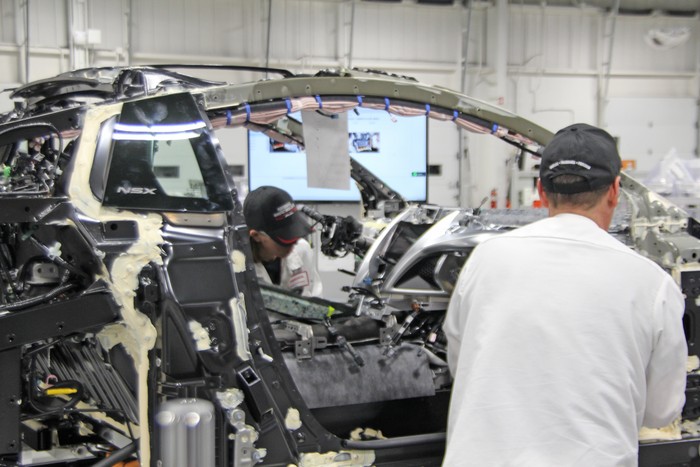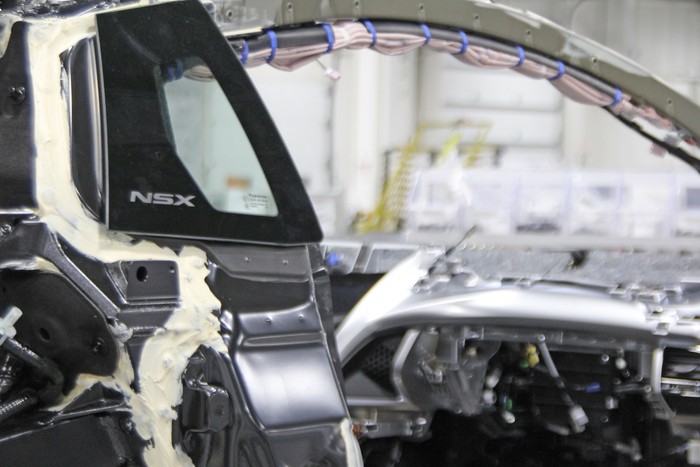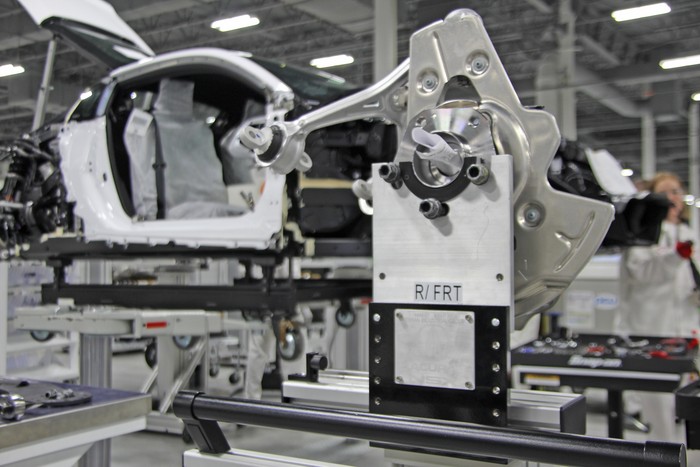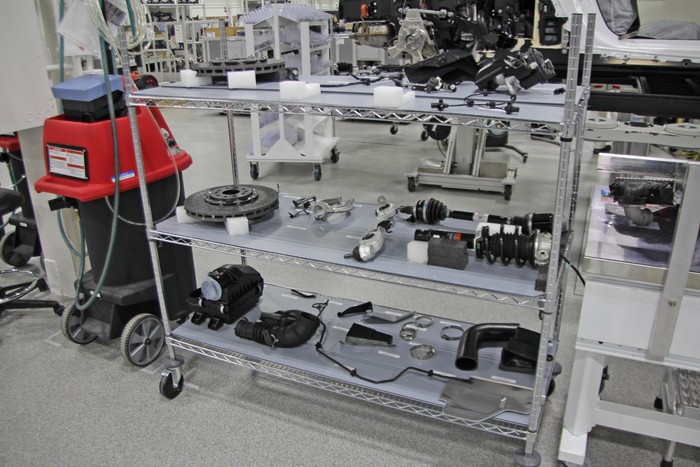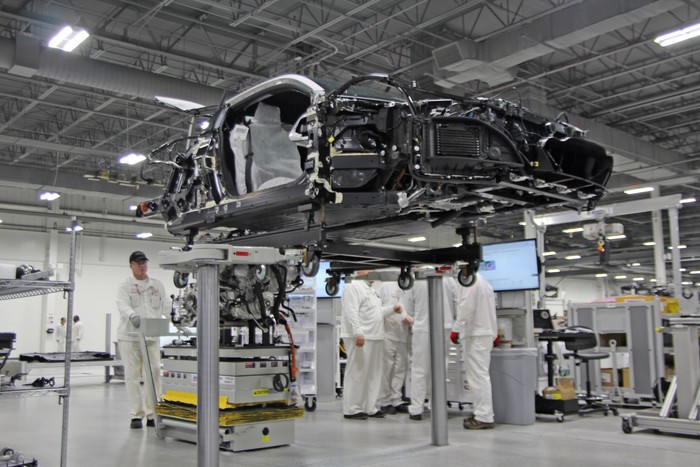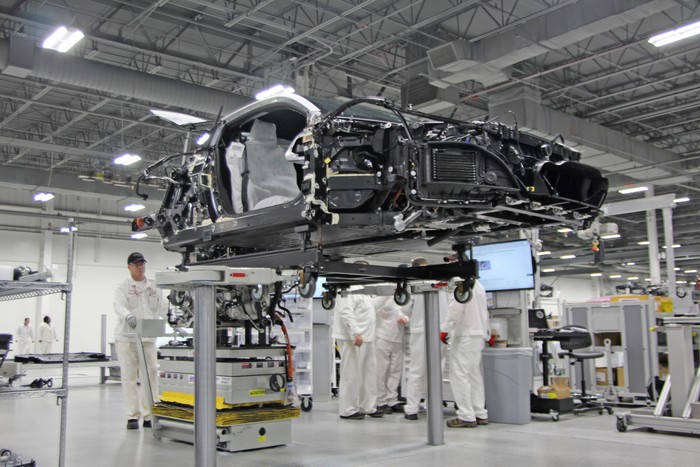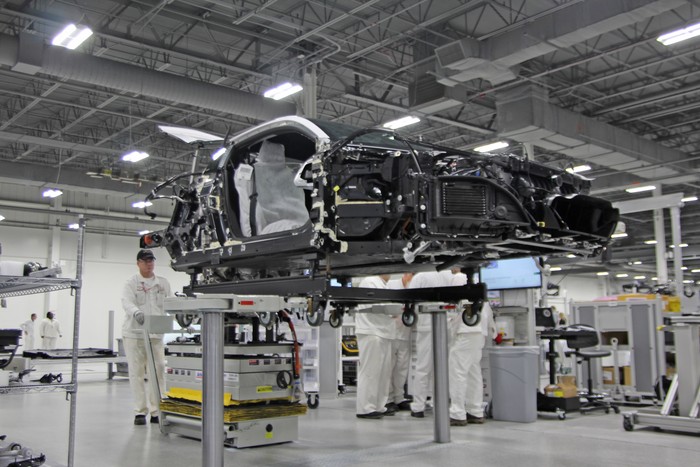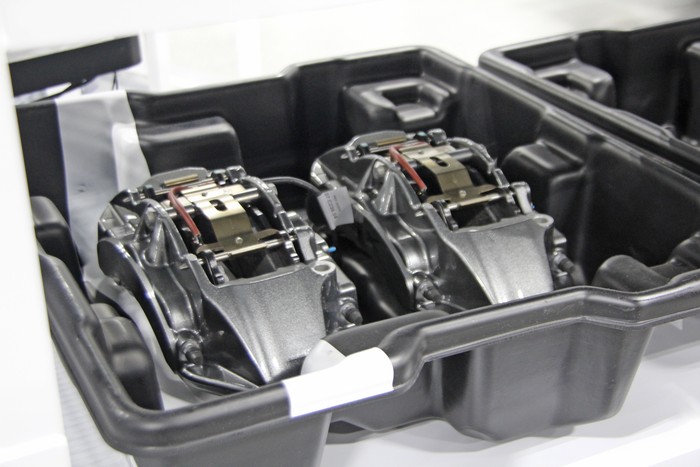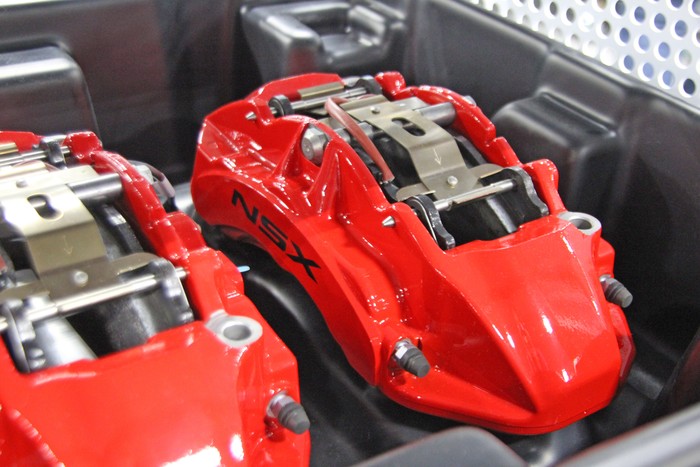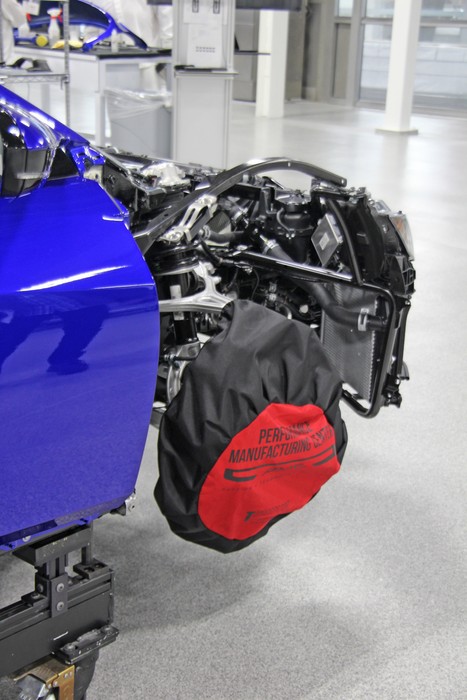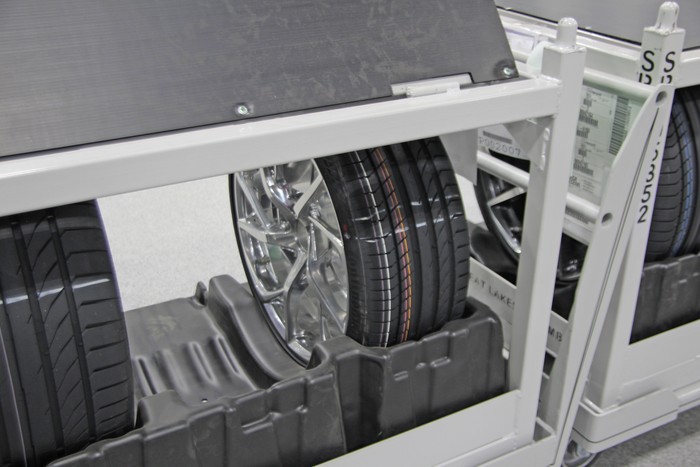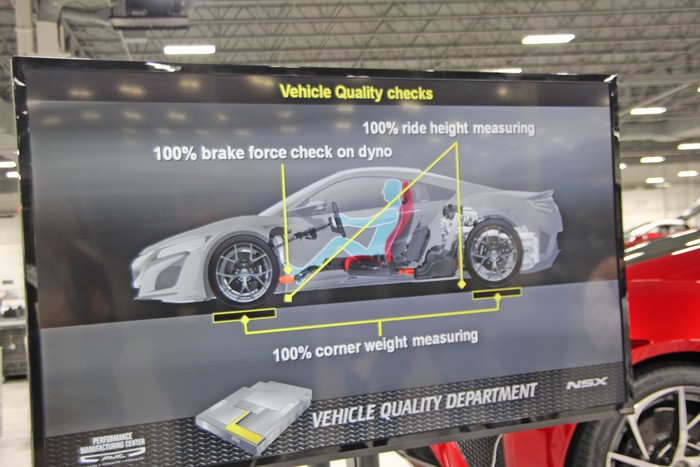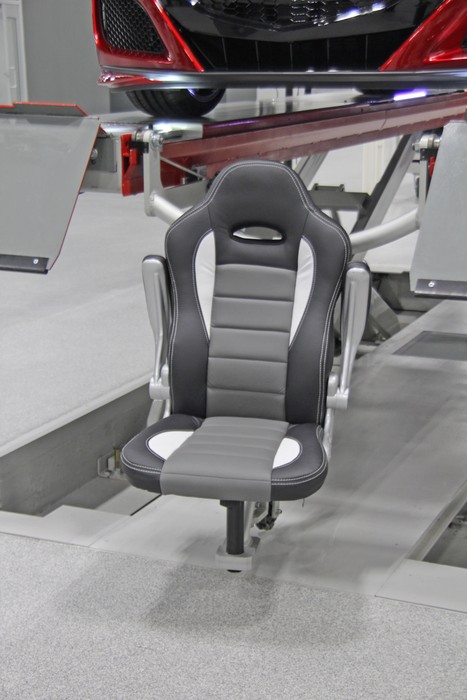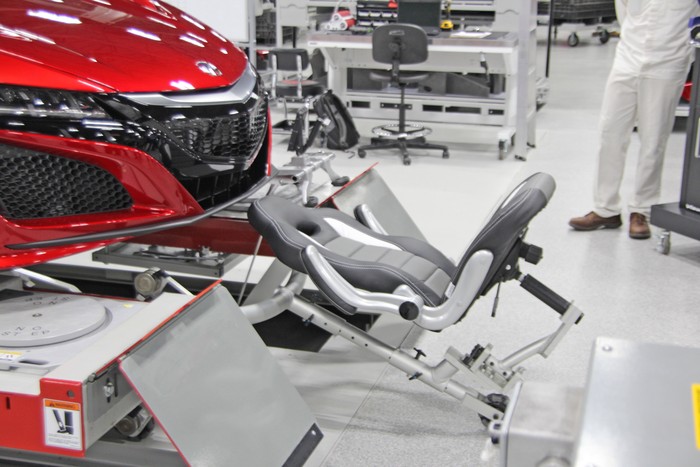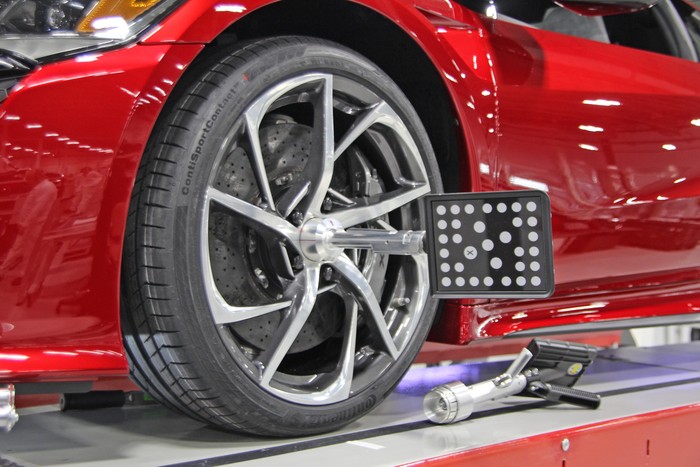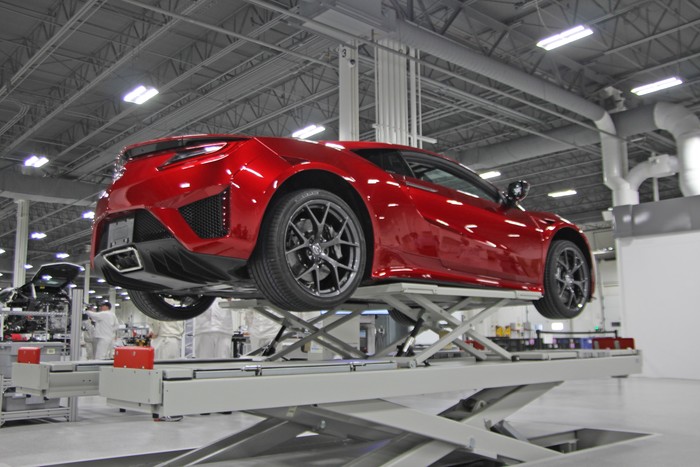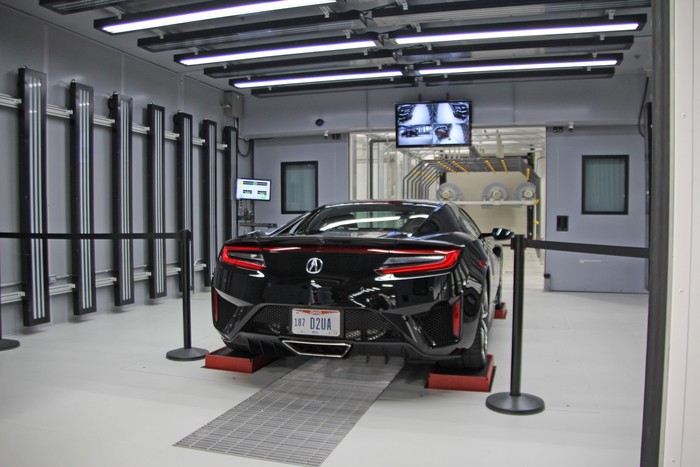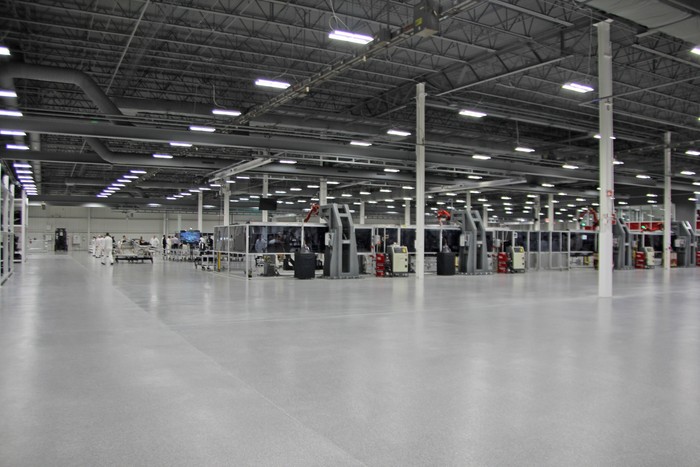
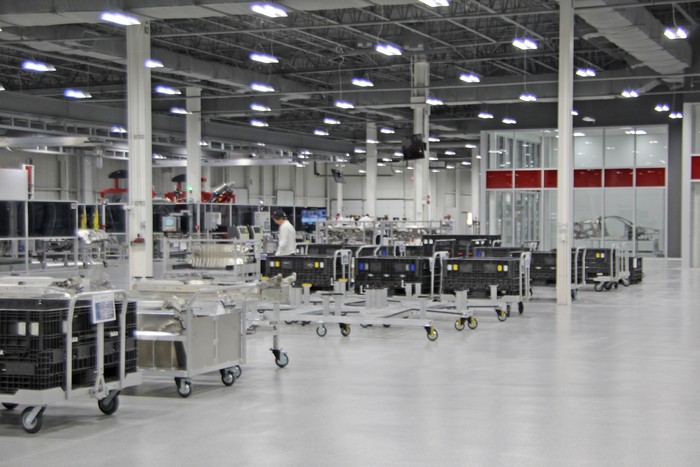
PMC: The plant behind the Acura NSX
We take a look at the high-tech plant that builds the Acura NSX.
The 2017 Acura NSX is the most technologically advanced vehicle Honda has ever built, which means it requires an equally advanced factory to produce it. Enter Honda's brand new Performance Manufacturing Center just outside of Columbus, Ohio.
Following a stint behind the wheel of the new NSX, Acura invited us for a behind-the-scenes look at how the hybrid supercar is made at its new Performance Manufacturing Center, or PMC for short. With our interests piqued, we packed our bags for the Buckeye State's capital city.
All-new car, all-new plantSince the Acura NSX is an all-new car from the ground up, it only makes sense that the PMC is an all-new factory. The PMC site was actually used as a parts warehouse in previous years, but only a few exterior walls were retained when the building was completely overhauled for NSX production. The location of the PMC is just about as ideal as you can get as it's nestled between other Honda plants, the company's R&D facility and a test track.
Acura was keen on having the PMC reflect the NSX itself, and that goal is evident from the second you step onto the production floor. Clinical in its execution, the PMC has a clean design with few interior walls and a simple color scheme that includes gray, dark gray and red. The PMC is also extremely quiet for a working factory, reminding us of the NSX's Quiet mode.
Despite its lack of sound, there is plenty going on at the PMC facility. About 100 people work in different areas of the PMC, building between 8 and 10 units of the NSX per day. The NSX will initially be built on a single shift, but Acura says overtime or even a second shift could be added if there is a sudden spike in demand. However, for now Acura plans to build about 800 units per year.
A supercar is bornComponents for the NSX are made off site, meaning PMC is only responsible for putting the complex jigsaw puzzle together. That process starts with plenty of welding done by high-tech machines. Acura is really high on the man-machine interface however, so each welding station is staffed by a team of experts who routinely check the machine's work. By the time it goes from bare space frame to completed shell, each NSX has undergone 860 welds and contains nearly 115 feet of weld lines.
After the NSX's chassis has been welded together, it moves to the PMC's Quality Confirmation Center, which is essentially a big glass box that sits in the middle of the factory. There a machine checks 2,700 different data points on the NSX to ensure everything was assembled as designed. That machine is accurate to within 30 microns, which equates to about a third of the width of a human hair.
Once the frame passes muster, it moves on to the painting process. If you've ever visited a factory before, you know the drill — the NSX's chassis and body parts are treated to a dip cleaning before being coated and painted. However, there is one notable difference at the PMC from other Honda factories; it's the automaker's first plant to use a Zirconium dip that's more environmentally friendly.
After the dipping process, the NSX's chassis and body components are separated. The chassis moves on for more sealant while the body panels move on to paint, but more on that later.
Although plenty of machines are involved in the NSX build process, 100 meters of dust sealant is applied the NSX's frame by hand. Acura says it opted to go for the human touch as machines aren't ideally suited to reaching every nook and cranny of the NSX's aluminum chassis. That hand-laid sealant is double checked for accuracy by a laser template that Acura developed specifically for NSX production. The entire sealant process takes a few hours, which includes a 50 minute bake in an oven.
While the chassis is being sealed for dust, the NSX's body panels move through the painting process. Unlike most other factories, Acura prepares the NSX's paint in extremely small batches — one bucket at a time, to be exact. That single bucket holds enough paint for two cars, plus a little extra that is canned and kept with the car in case it ever needs any touchup work (although close, no batch of paint is an exact match to the batch that came before it).
Once everything is sealed and painted, it's time to start screwing everything together. Again, precision is the name of the game, with every bolt and fastener on the NSX started by hand before being tightened to spec. Every torque measurement for every fastener is recorded and stored within Honda's database.
The NSX's twin-turbocharged 3.5L V6 engine is made down the road in Anna, Ohio. We didn't have a chance to tour that facility, but the NSX's gas power plant is made in a dedicated section of Honda's larger Anna plant.
Just six master builders staff the NSX's engine line — four of those master builders are responsible for putting the engines together while the other two run a two-stall dynamometer. Like Mercedes-Benz's AMG division, Acura sticks with a one man, one engine mantra with the NSX, although that saying is not entirely accurate in Anna — one of the four master engine builders is a woman.
We're told that it takes up to six hours to build the NSX's V6, compared to the 2 hours it takes for a conventional engine. And that's just for the actual assembly process — each engine is strapped to the dyno for the equivalent of a 150 mile drive and then treated to a custom engine balance, which can tack on a few more hours to the overall building process.
Quality ControlAnyone plunking down more than $150,000 for a supercar expects perfection upon delivery, so team members use special leather gloves that won't scratch the NSX's paint during the assembly process. Leather blankets are also used anytime someone is working close to the NSX's fresh paint. Even the car's brakes get the automotive equivalent of a hair net to remind team members not to bump them.
But those precautions don't trump a final check, so the NSX's last stop along the production line is a Quality Control center. And here's a fact that will show you how serious Acura is about quality — of the PMC's 12 patents, six are in the Quality Control department.
One such patent is for a tool used for wheel alignment. While the typical alignment process involves clamping a tool onto a vehicle's wheels, Acura was concerned that that process could leave marks on the NSX's rims. To eliminate that concern, Acura developed a tool that simply clamps into the NSX's center hub.
Another cool innovation is a chair that snaps into a vehicle lift, allowing team members to effortlessly move around the underside of the NSX. The chair helps reduce fatigue, which in turn ensures steady performance from the team members performing the quality checks.
Finally, the NSX moves on to a rolling road, a four-post road simulator and a water bath, where the car's systems are given one final shakedown. If any issues are found, the car is sent back for the proper fixes.
So far the factory has built about 150 pre-production units of the NSX. Many of those units are being used for media drives, engineering evaluations and auto show appearances. All 150 NSXs have one thing in common, however — they'll eventually be sent to the crusher.
Looking forwardIf everything shakes out as planned, the PMC will begin building cars for customers at the end of April. Customers will eventually be able to visit the plant to see their specific car being made, but Acura hasn't laid out the official details of that program just yet.
Manufacturing the NSX
Photos by Drew Johnson.
